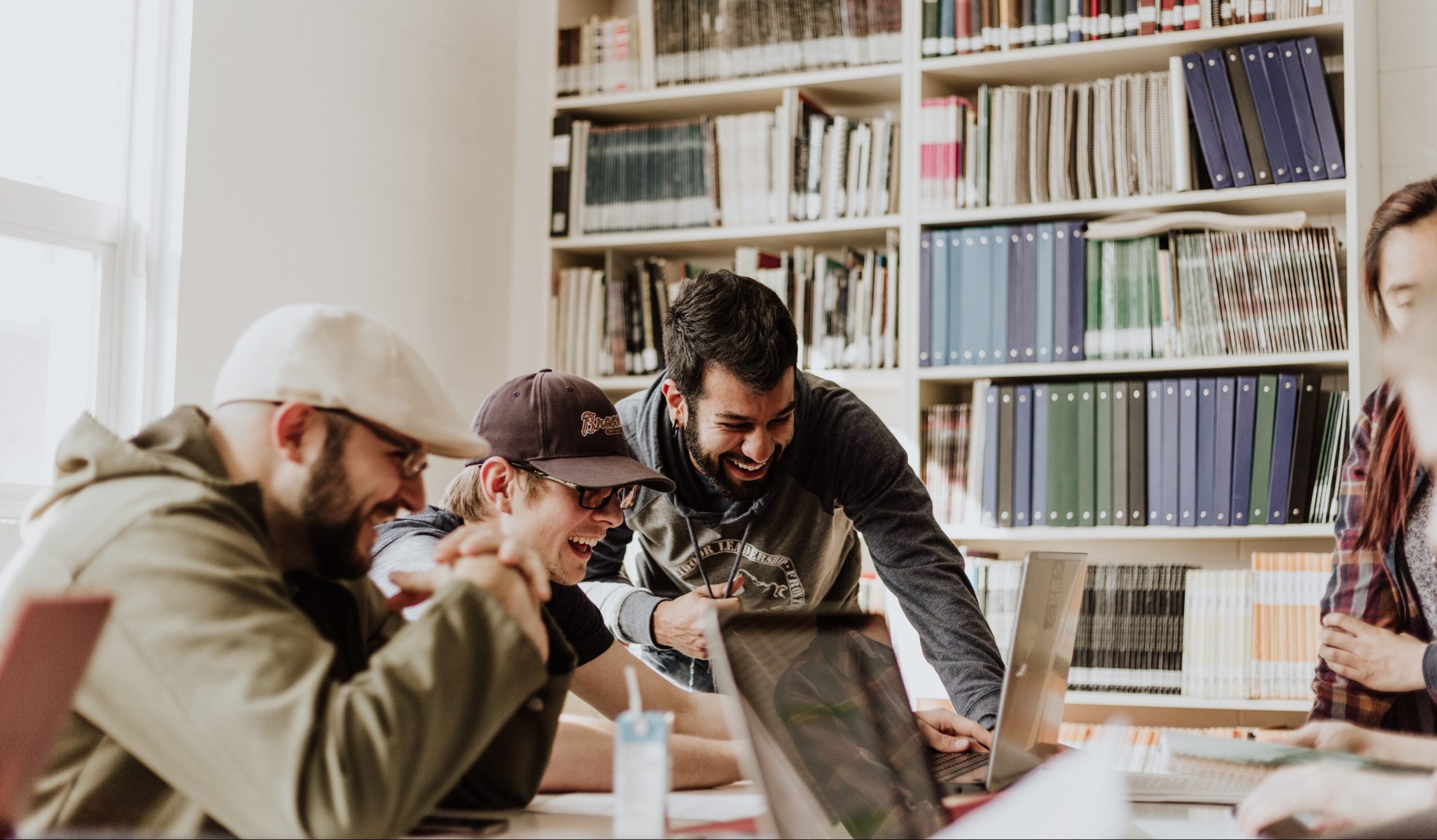By Chris Weller and David Rock According to Gallup, organizations could realize an extra 18% in profit and 14% in productivity by doubling the proportion of employees who feel that...
Read More →

FEATURED INSIGHT
By Chris Weller and David Rock According to Gallup, organizations could realize an extra 18% in profit and 14% in productivity by doubling the proportion of employees who feel that...
Read More →Only about a third of US employees qualify as “engaged.” It’s up to management to create the habits that can boost that figure.

This year has turned ‘conventional wisdom’ on its head. Join us at the 2020 Summit to learn what science says about building a better normal.

In a world that seems divided over any topic you can think of, a bit of laughter can bridge even the widest gaps. You already knew that intuitively; now learn some of the science to validate it.

If leaders can make their organization a psychologically safe place to speak up, they can tap into a wellspring of new ideas from otherwise quiet folks.

Uncertainty can spark new opportunities to reimagine culture. Learn to build a better normal with strategies from today’s leading scientists and executives.

Join millions of employees in creating culture change at scale by reaching out today.

In 2007, David and Lisa Rock and their team had been working in leadership development and executive coaching for ten years, when David coined the term “NeuroLeadership.”ef

North America
Africa
South America
Asia
Europe
Australia
© NeuroLeadership Institute 2025. All Rights Reserved
This site uses cookies to provide you with a personalized browsing experience. By using this site you agree to our use of cookies as explained in our Privacy Policy. Please read our Privacy Policy for more information.